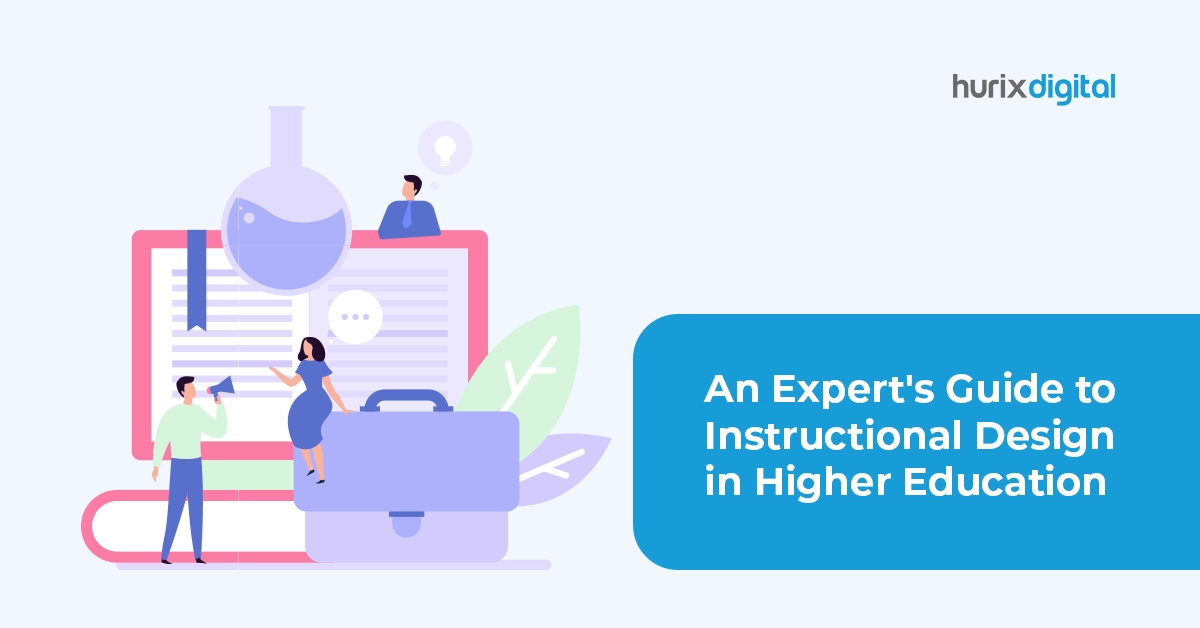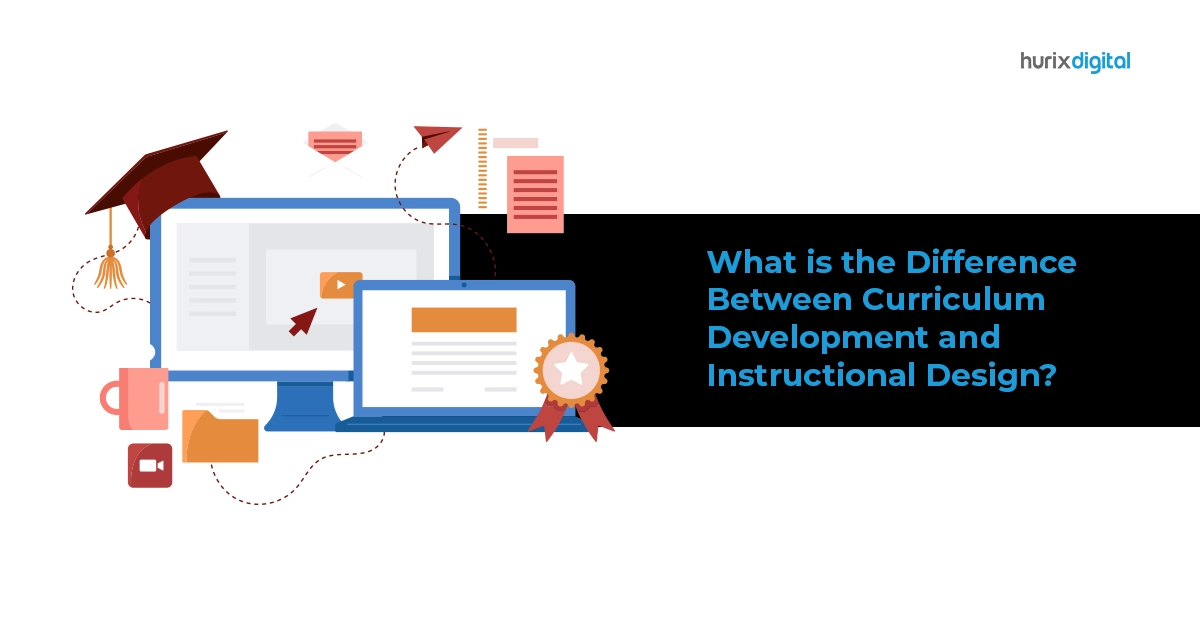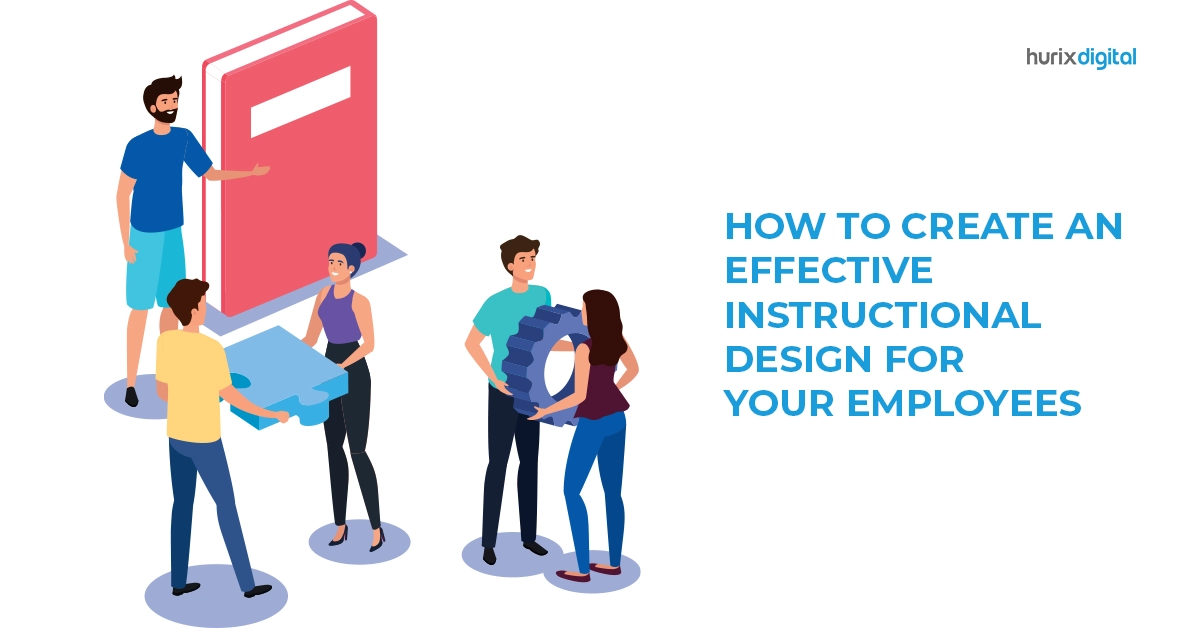In today’s fast-paced corporate landscape, investing in employee development and enterprise learning is crucial for staying competitive. One cannot afford to underestimate the power of corporate learning services, as it greatly empowers employees and the organization in the long run. One of the key aspects of this investment is understanding the return on investment (ROI) of instructional design. This metric allows organizations to assess the effectiveness and cost-effectiveness of their training programs. In this article, we will explore seven straightforward methods to measure the ROI of instructional design, shedding light on why it’s essential for workforce learning.
Table of Contents:
- What is the ROI of Instructional Design?
- Why is the ROI of Instructional Design So Important in Workforce Learning?
- Methods of Instructional Design ROI Measurement
- Types and Use Cases of Instructional Design ROI
- Real-Life Examples
- Conclusion
What is the ROI of Instructional Design?
The ROI of instructional design is a metric used to evaluate the effectiveness and efficiency of training programs. It quantifies the benefits gained from these programs about the costs incurred. It answers the question: “Is the investment in instructional design providing a worthwhile return?” Ideally, the ROI for your firm is based on the success of learning and retention, which are nuanced aspects that almost elude measurement and cannot be equated with a learner signing off on completion.
Why is the ROI of Instructional Design So Important in Workforce Learning?
The ROI of instructional design is important as it helps assess the effectiveness of the training materials. Creating educational materials that align with the enterprise’s needs can produce a positive ROI. In all this, it would help to bear in mind that employee training is a long-term investment. It is important to approach training as a long-term investment as not all training will yield immediate results, such as an increase in your bottom line. While some training will show up almost immediately in terms of costs and revenues, employee training, by and large, is about building a foundation for progress and growth. It will yield significant financial returns but over a longer period. Let us examine the main reasons ROI is important in workforce learning.
- Justification of Investment: Demonstrating a positive ROI assures stakeholders that resources are being utilized efficiently for employee development. An inspiring and effective ID will have an impact on business metrics such as sales, productivity, operating costs, employee job engagement, employee retention, job promotion, and other targeted measures. So, the pertinent question is: do the monetary benefits of the increase in business impact outweigh the costs of the plan and design of the instructional program? If yes, then the investment is justified.
- Continuous Improvement: Measuring the return on investment in training programs provides insights into what works and what doesn’t, allowing for refinement and enhancement of training programs. It helps identify challenges and weak areas in the program and enables course correction earlier than later.
- Strategic Decision-Making: It empowers decision-makers to allocate resources effectively, focusing on initiatives that yield the highest ROI. The cost-effectiveness of instructional design goes a long way toward ensuring a positive ROI.
Also Read: What is Instructional Design? Top 5 Instructional Design Frameworks for Higher Education
Methods of Instructional Design ROI Measurement
Measuring ROI in learning and development is complicated, to say the least. When it comes to training, for instance, determining the value of an investment isn’t as clear as measuring the value-add of new manufacturing equipment that is meant to expedite production. The gains in employee competency and efficiency are less concrete, albeit measurable. For example, training employees to use a new software could have variable productivity gains across your workforce. Some employees may increase their efficiency by 50 percent while others by 30 percent, yet others may not improve at all. Since it involves navigating a learning curve, changes in productivity will be slow initially as workers build familiarity and gradually increase as their comfort level and familiarity rise. Again, this makes estimating the ROI difficult. As a result, companies need to focus on specific, measurable points when designing training programs. For instance, job completion rates during a defined period in highly repetitive roles can be a way out. On the whole, measuring ROI for training can be a challenging task. So, here are seven evaluation methods for instructional design you can consider while measuring your ROI in instructional design.
- Pre- and Post-Test Scores: Compare employees’ knowledge or skill levels before and after training. An improvement indicates the effectiveness of the program.
- Surveys and Feedback: Collect feedback from participants about the training’s relevance, clarity, and usefulness. Surveys before and after the training/e-learning session will help gauge the change in perceptions. Positive feedback suggests a higher ROI. Surveys, however, do not provide hard data on business outcomes or performance. Its value lies in capturing the engagement element of the training program. It is an important, albeit indirect, link to your ROI.
- Application and Performance Metrics: Evaluate how well employees apply what they’ve learned on the job. Increased proficiency directly correlates with a positive ROI. Identifying key performance indicators (KPI), which are specific metrics used to assess the effectiveness of a training program and aligned to the firm’s goals, is crucial. Some of these are employee engagement, customer satisfaction, creativity, and employee productivity. They help by providing objective criteria to measure if the training program is achieving its objectives.
- Cost Analysis: Measuring the cost of training is crucial to determining the ROI of instructional design. The training costs include direct costs such as course material costs and trainer’s fees. It also includes indirect costs such as loss of employee time and productivity. Compare the costs of developing and implementing the training program to the benefits gained, such as increased productivity or reduced errors, thereby determining if the investment was worthwhile.
- Time-to-Competency: Measure the time it takes for employees to reach a desired level of proficiency after completing the training. A shorter duration implies a higher ROI, while a longer duration implies a lower ROI. This is because the quicker the agents become proficient, they become more productive. Time to competency can be reduced by setting clear goals/outcomes, contextualizing new learning material through scenarios the employees may encounter in their roles, and differentiating content delivery modes (didactic and theoretical approach versus kinesthetic learning). User-centered training that is adaptable to individual training needs reduces time to competency.
- Employee Retention Rates: Determine if training programs increase retention rates. Investment in the L&D of employees has proved highly beneficial in meeting employees’ needs for progress and improvement. This implies reduced turnover, which can lead to substantial cost savings.
- Business Impact Assessment: Identify specific business outcomes influenced by the training, such as increased sales, improved customer satisfaction, or enhanced product quality.
Types and Use Cases of Instructional Design ROI
Types:
- Immediate ROI: Measures immediate benefits like increased productivity shortly after training.
- Long-Term ROI: Assesses the sustained impact of training on performance over an extended period.
Use Cases:
- Compliance Training: Evaluating how well employees adhere to regulatory standards after completing compliance training.
- Sales Training: Assessing the impact of sales training on revenue generation and customer satisfaction.
Real-Life Examples
Example 1: A Global IT Firm
This firm invested in a comprehensive onboarding program for new hires. After implementing the program, they observed a 30% reduction in onboarding time, leading to faster productivity and increased client satisfaction.
Example 2: Manufacturing Company
By providing specialized training on new machinery, this company experienced a 20% reduction in error rates and a 15% increase in overall production efficiency. This translated to significant cost savings.
Also Read: Instructional Design vs. Learning Experience Design for Industrial Growth
Conclusion
In today’s competitive business environment, understanding the ROI of instructional design is paramount for effective talent development. Organizations can justify their investments and make informed decisions for future training initiatives by employing the evaluation methods for instructional design mentioned above. So, start measuring the ROI of your instructional design efforts today and watch your workforce thrive.
Email us at marketing@hurix.com to know how we can help you design instructionally sound courseware to maximize the return on your investment.











